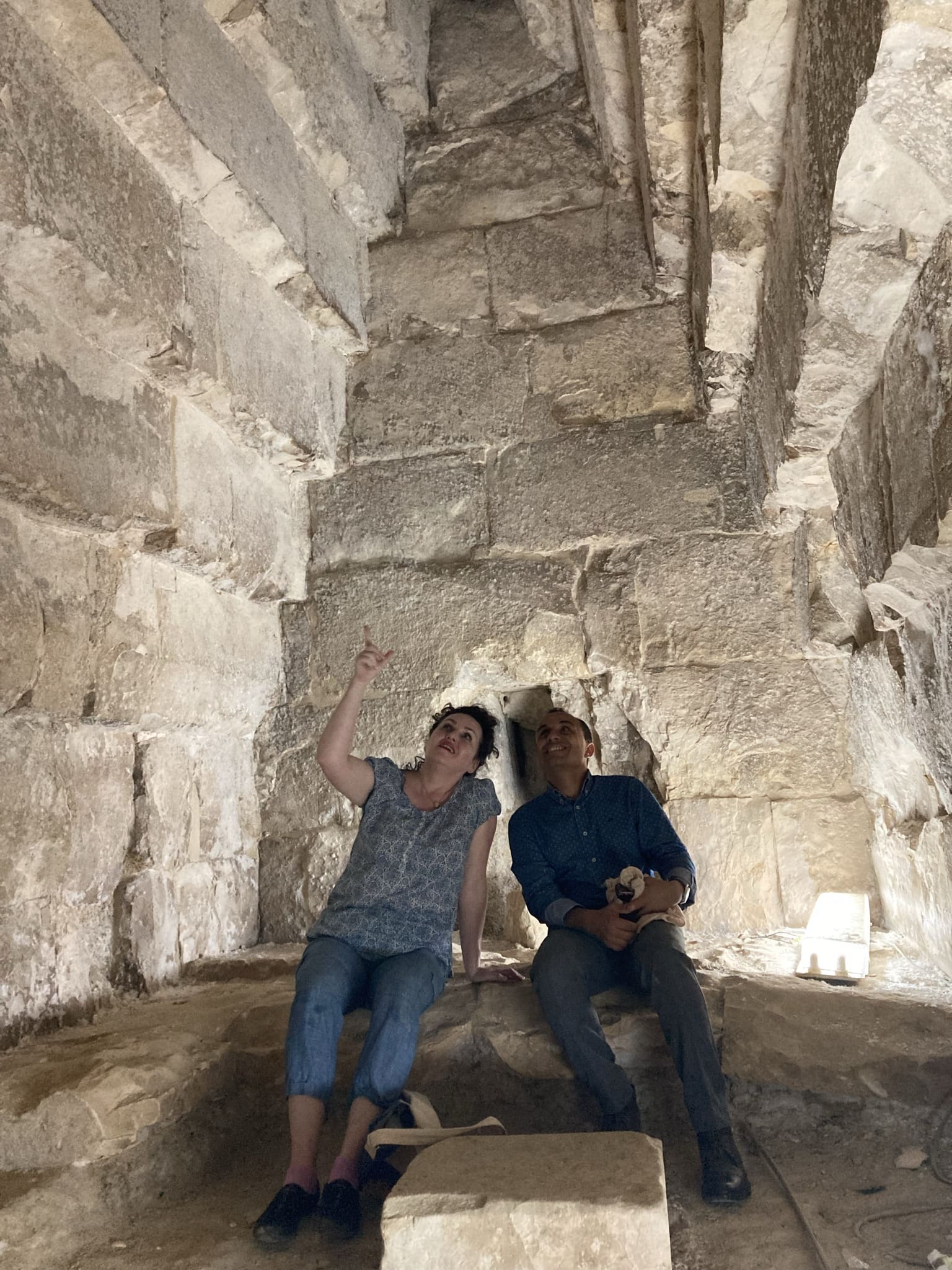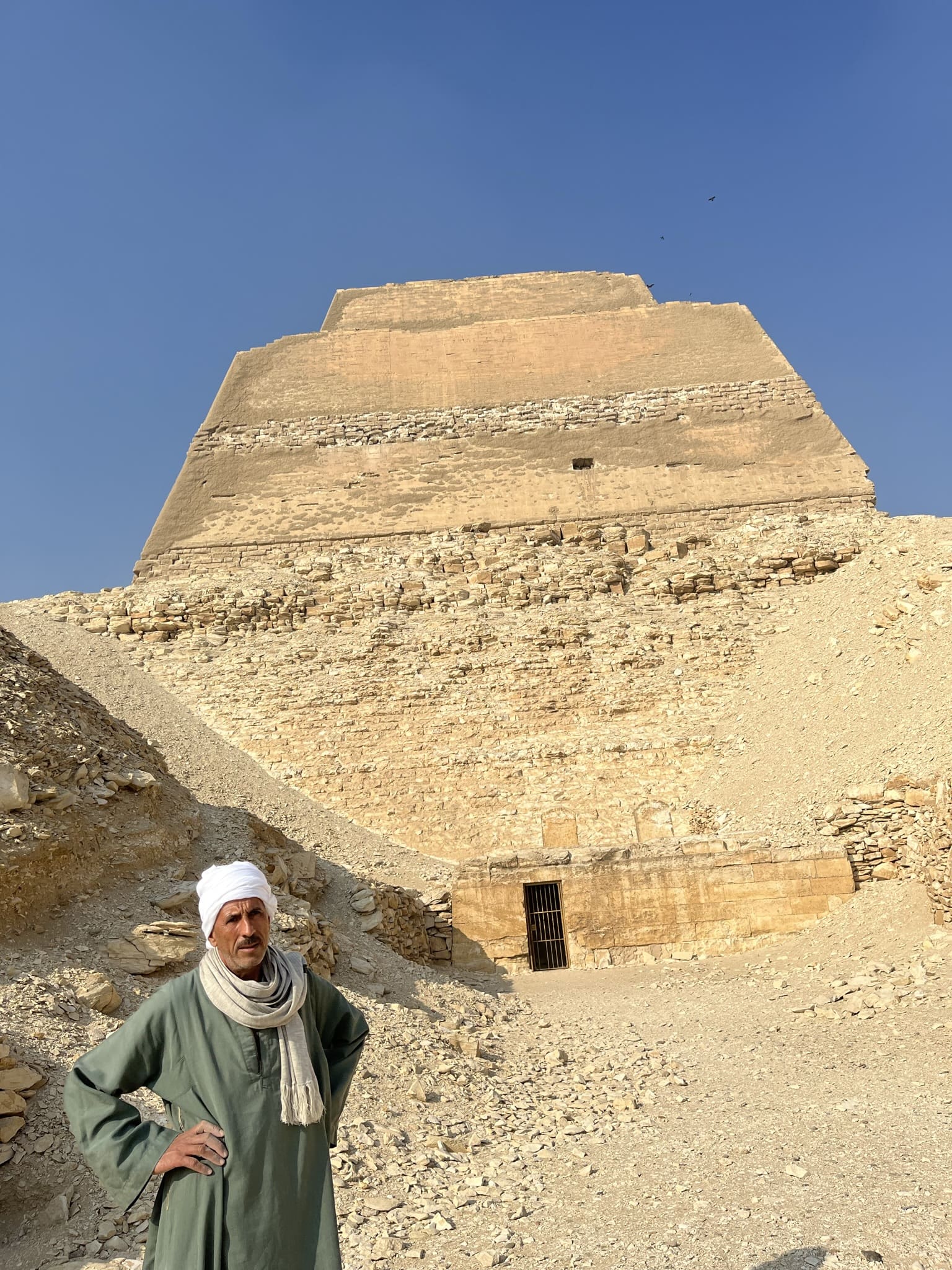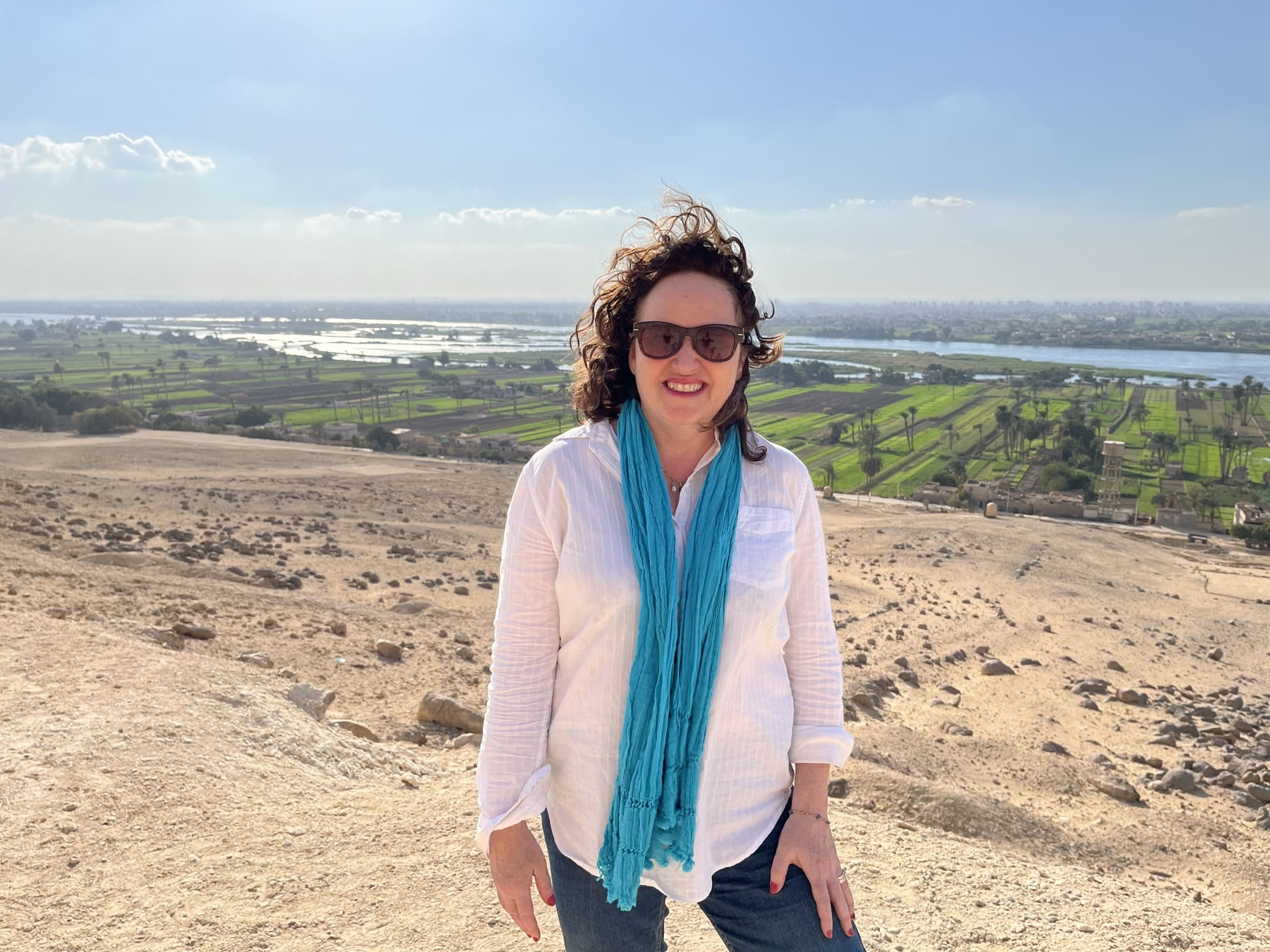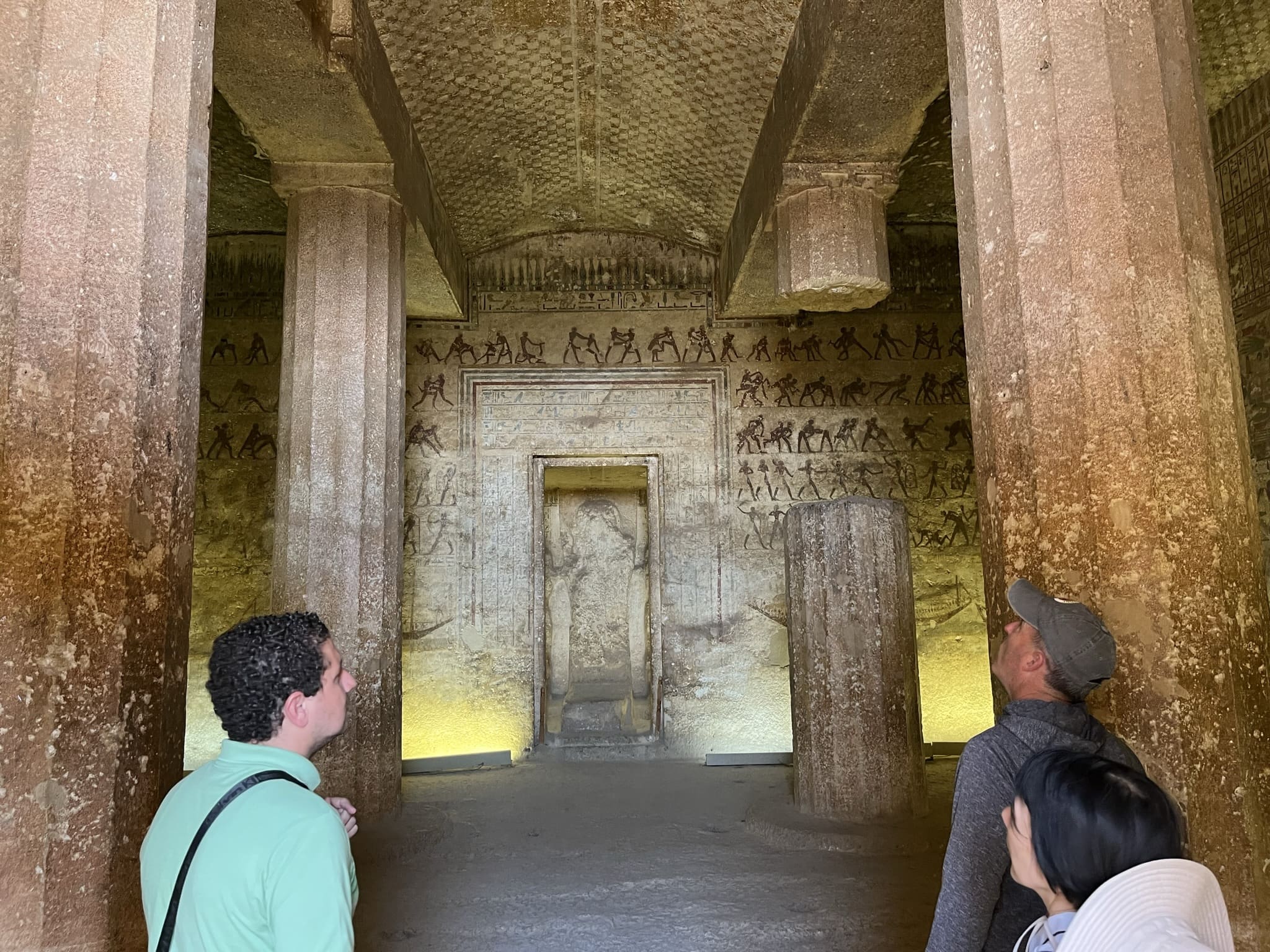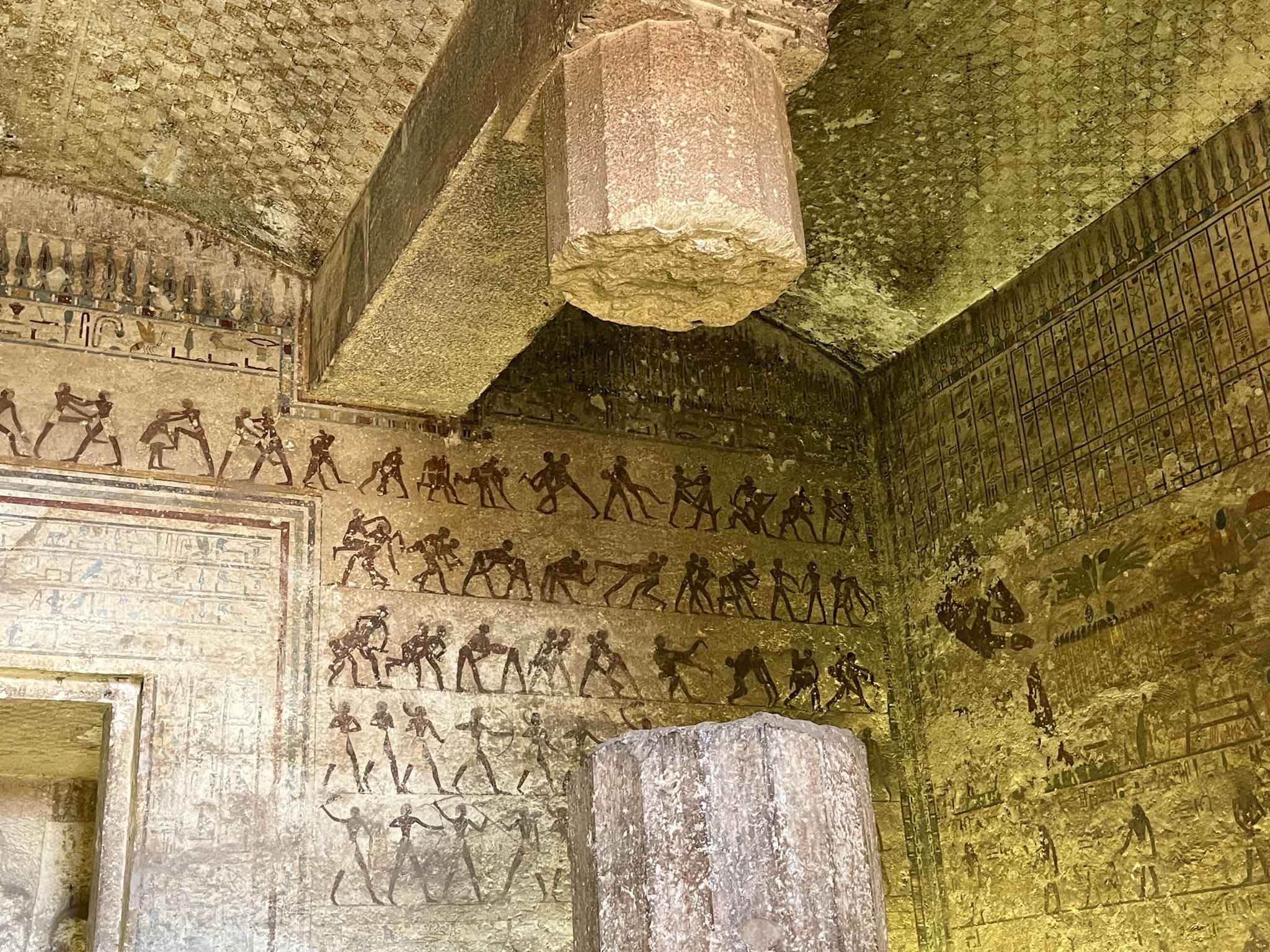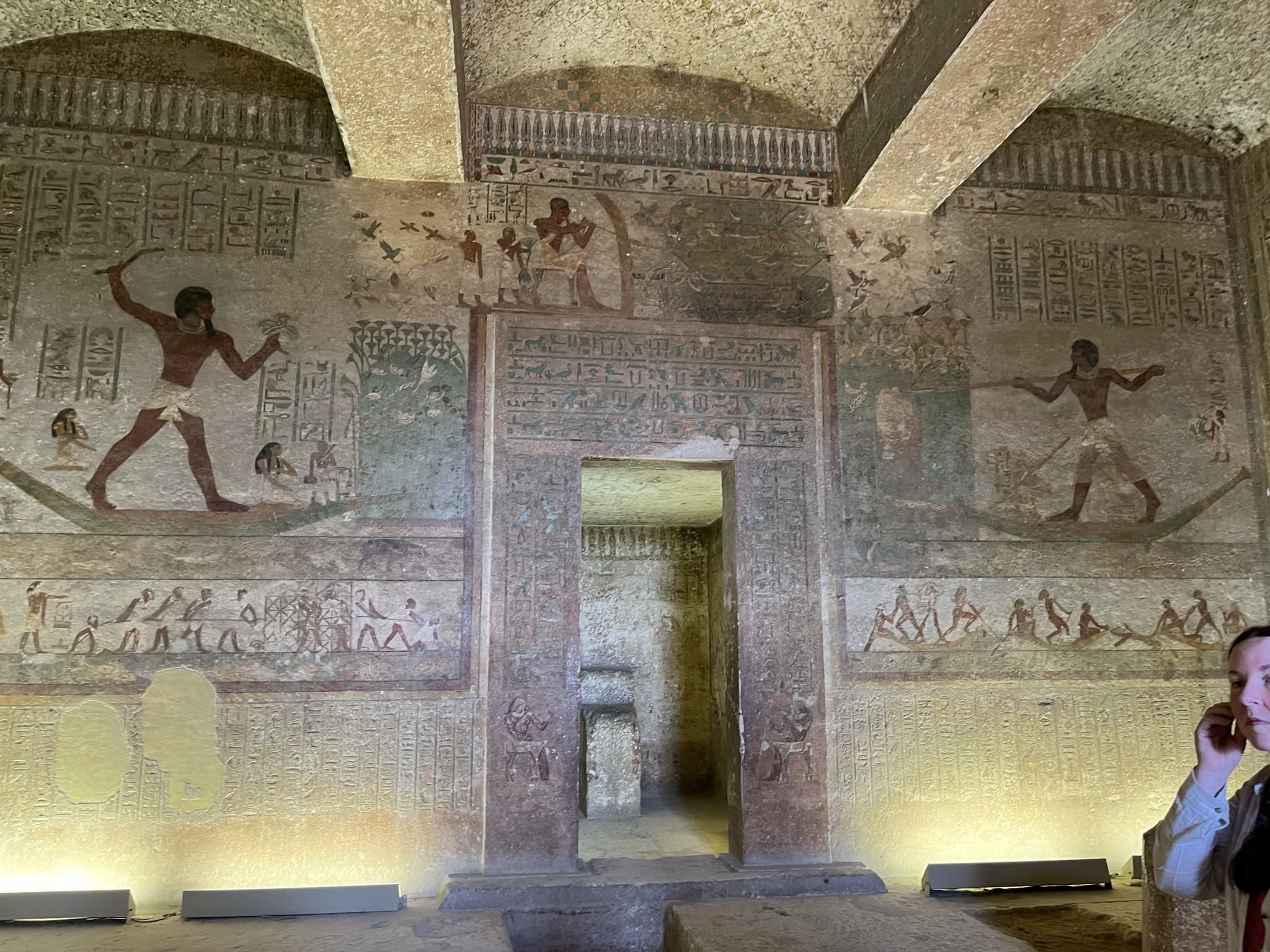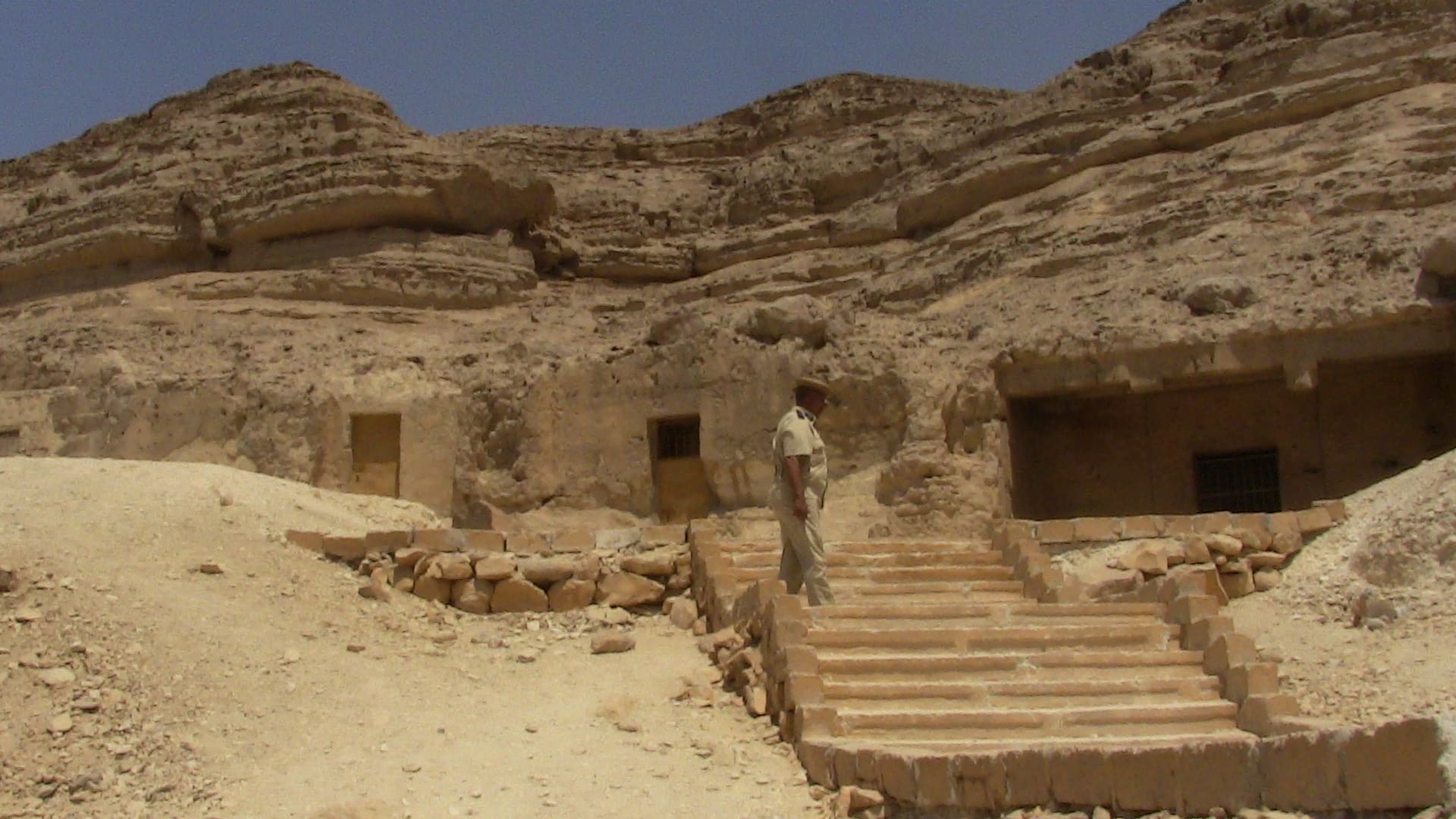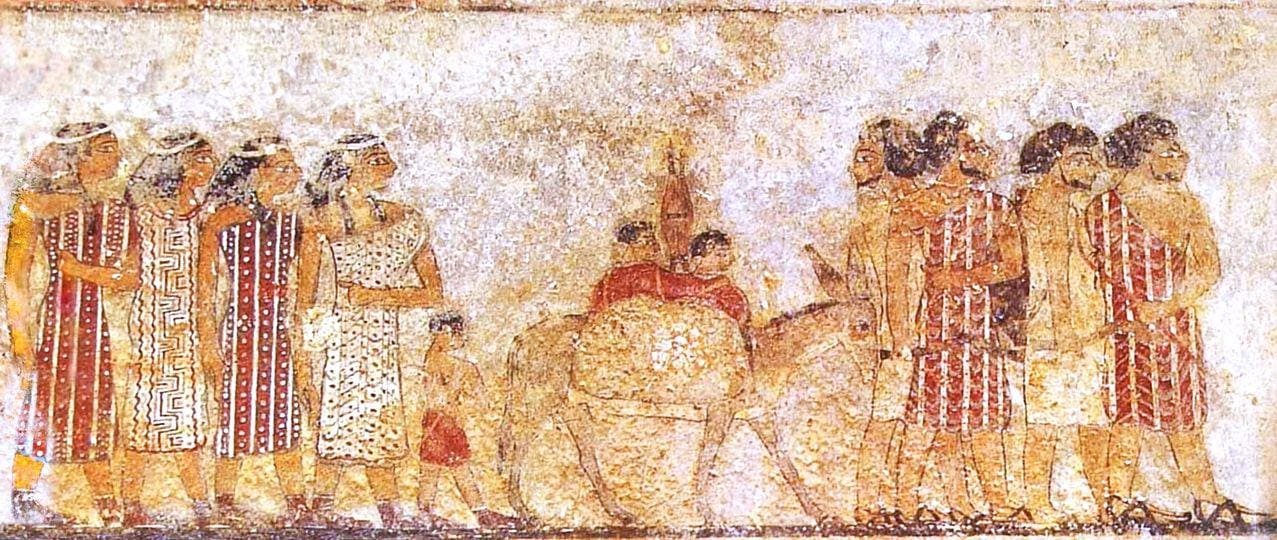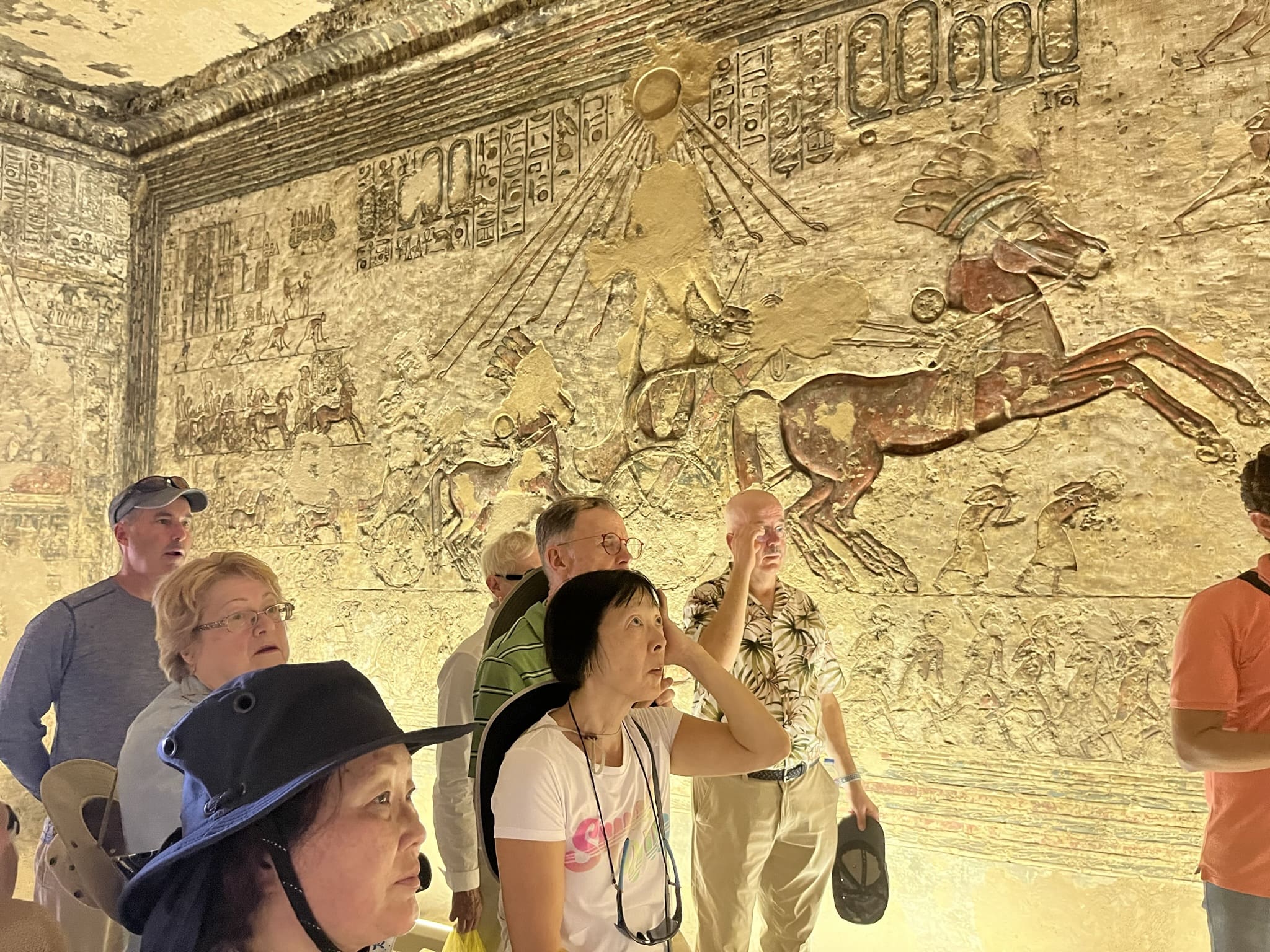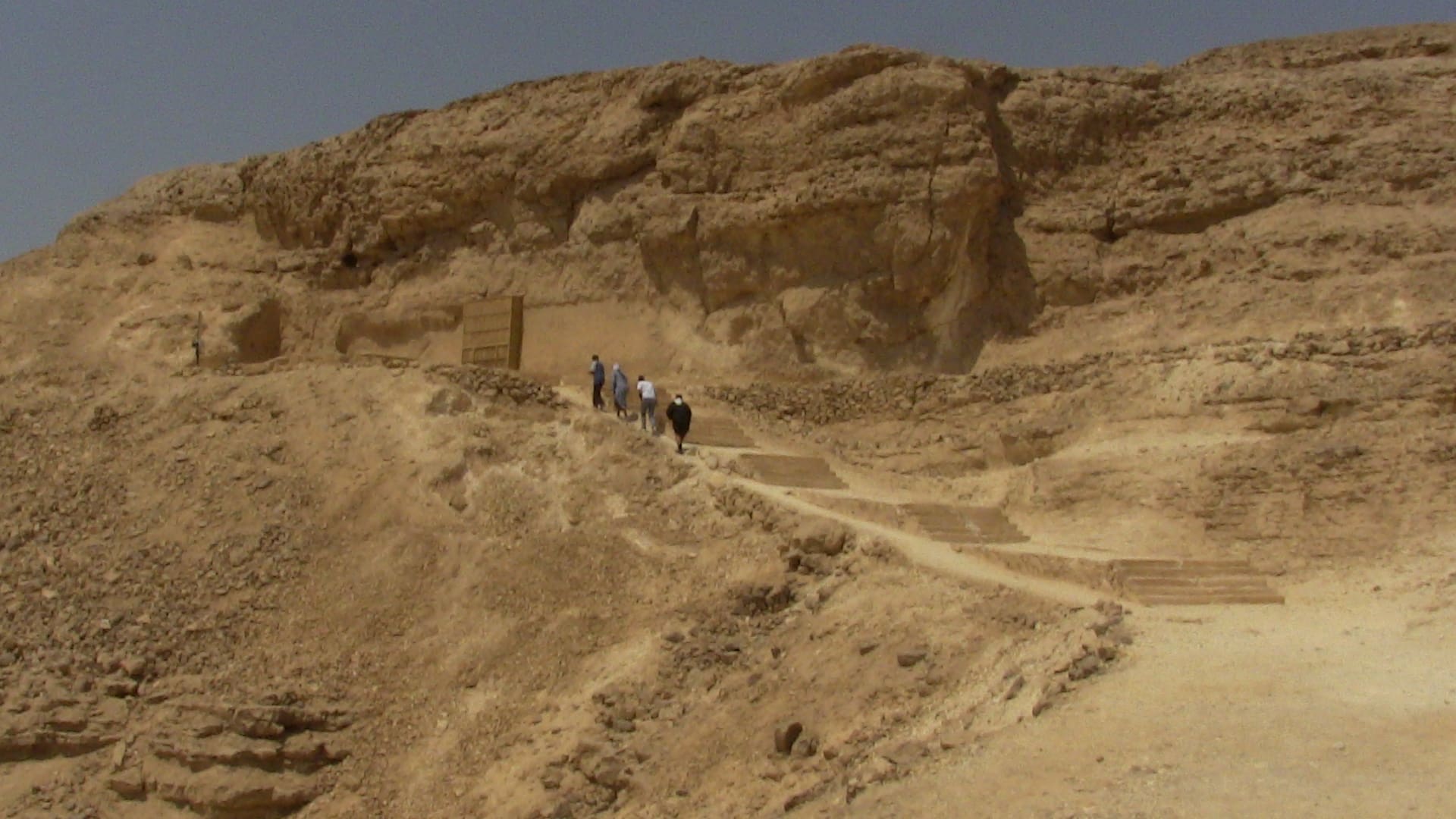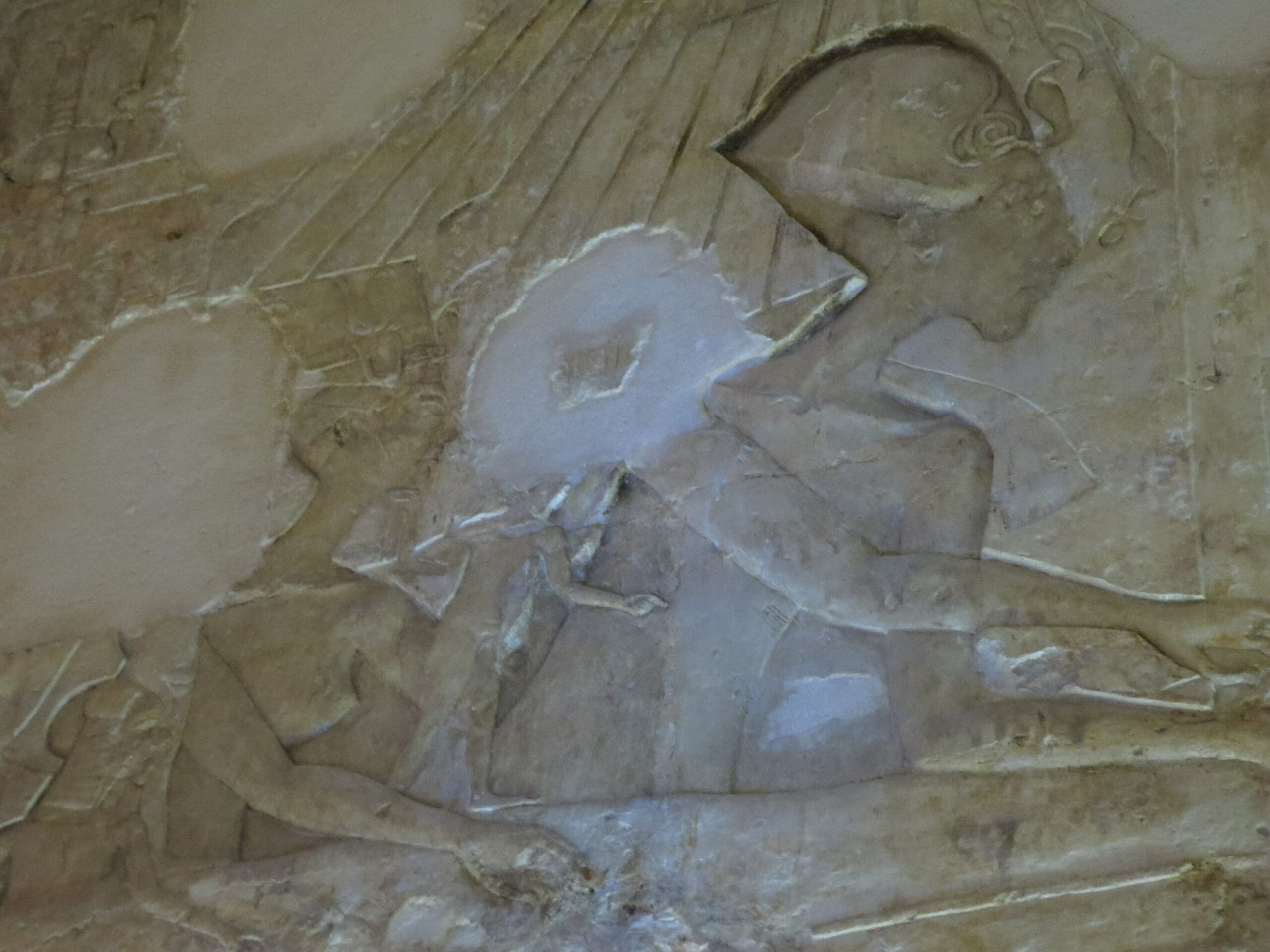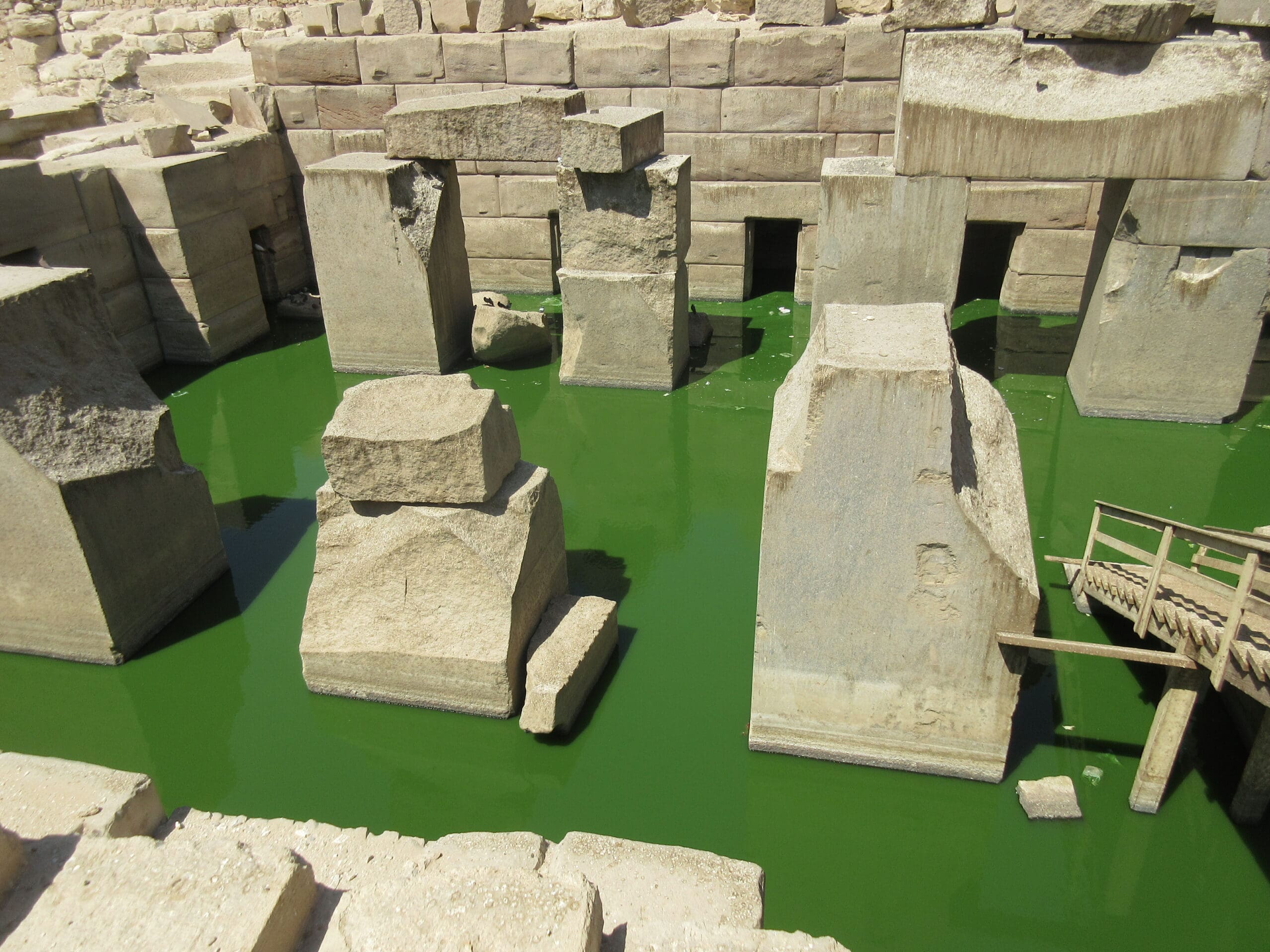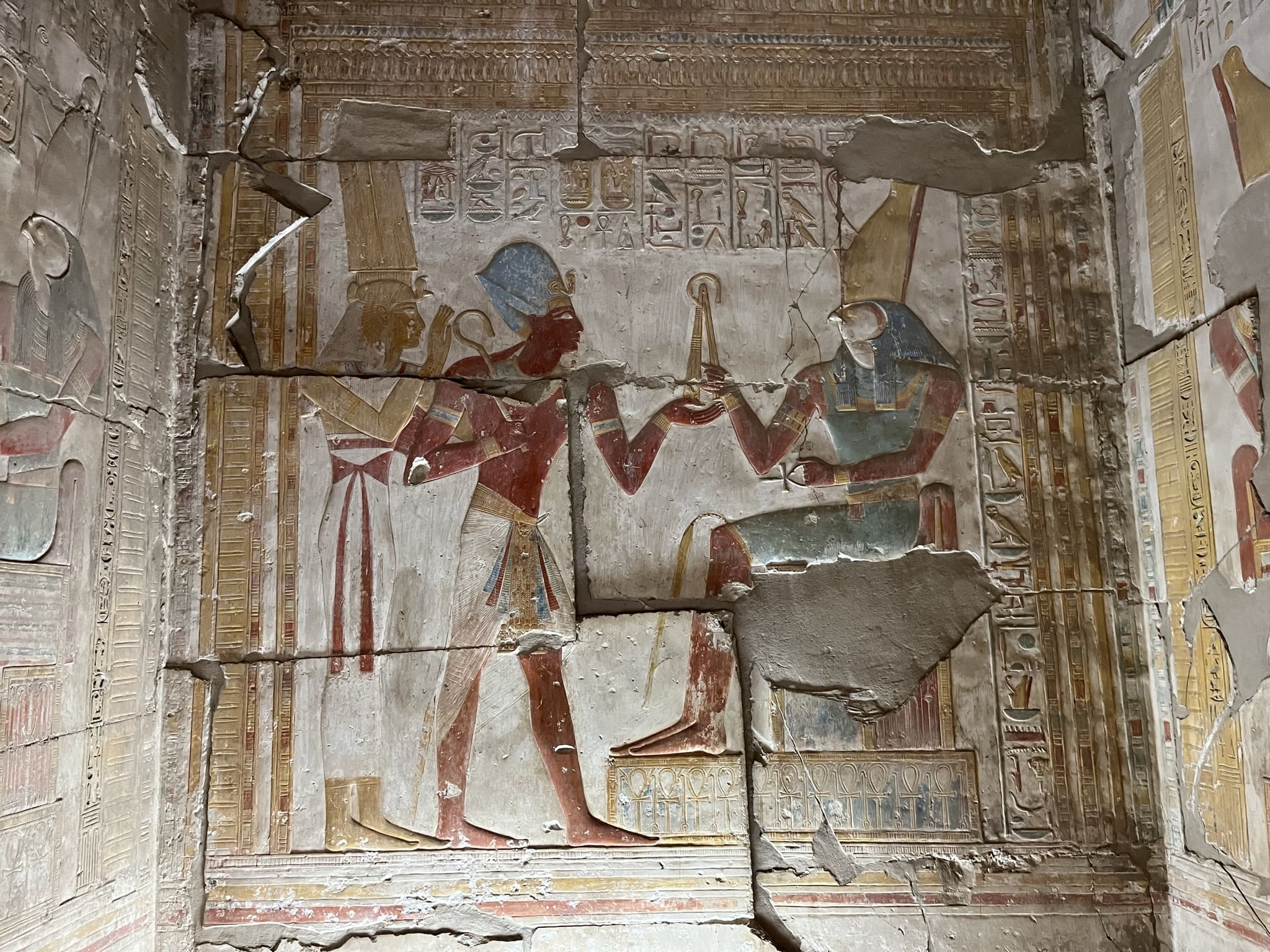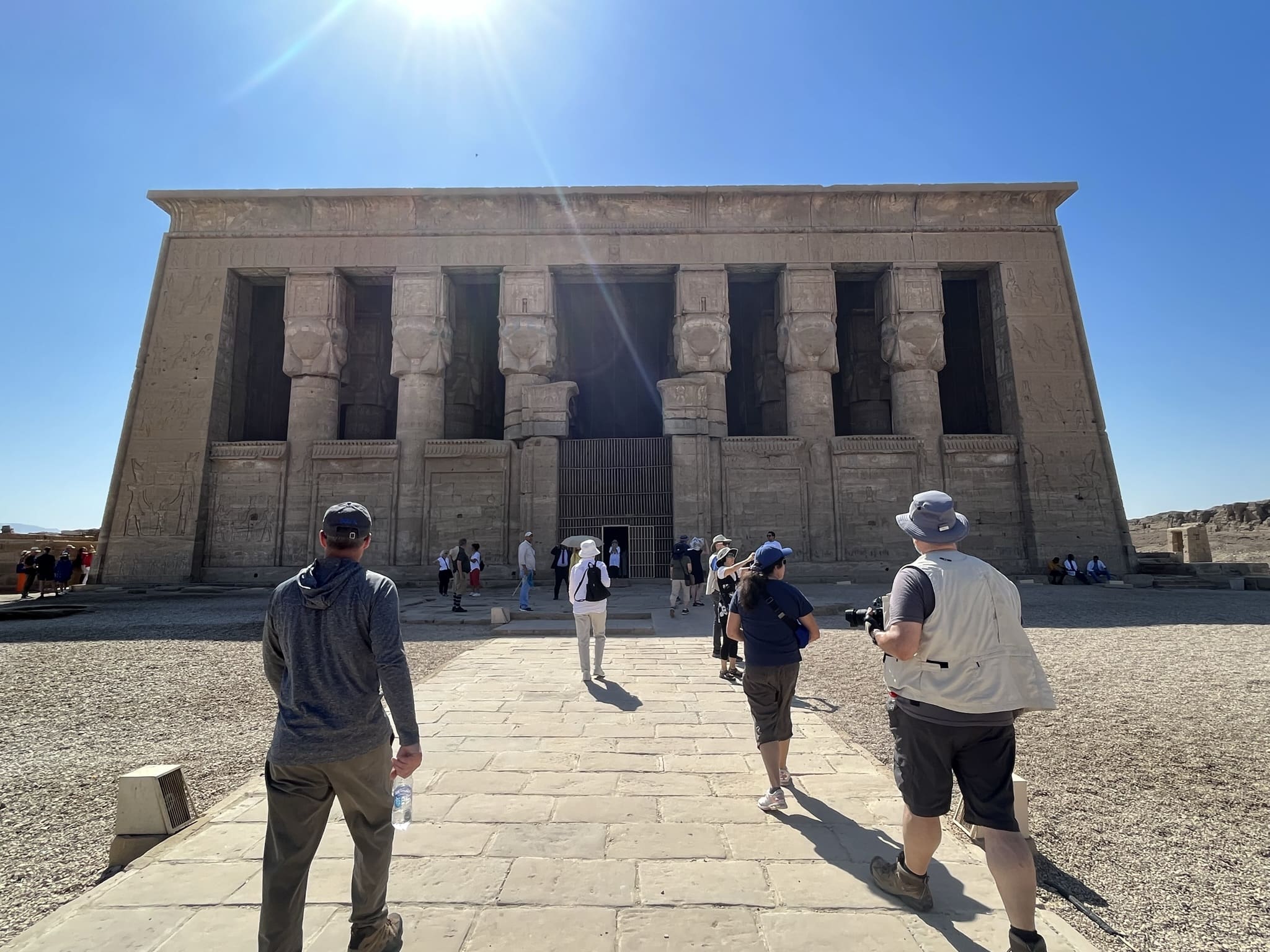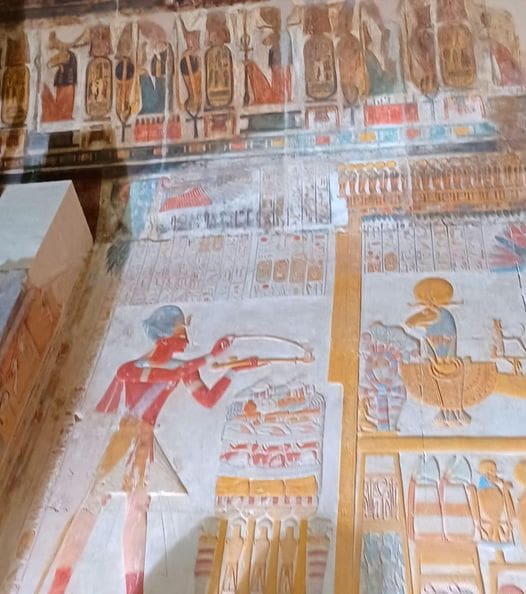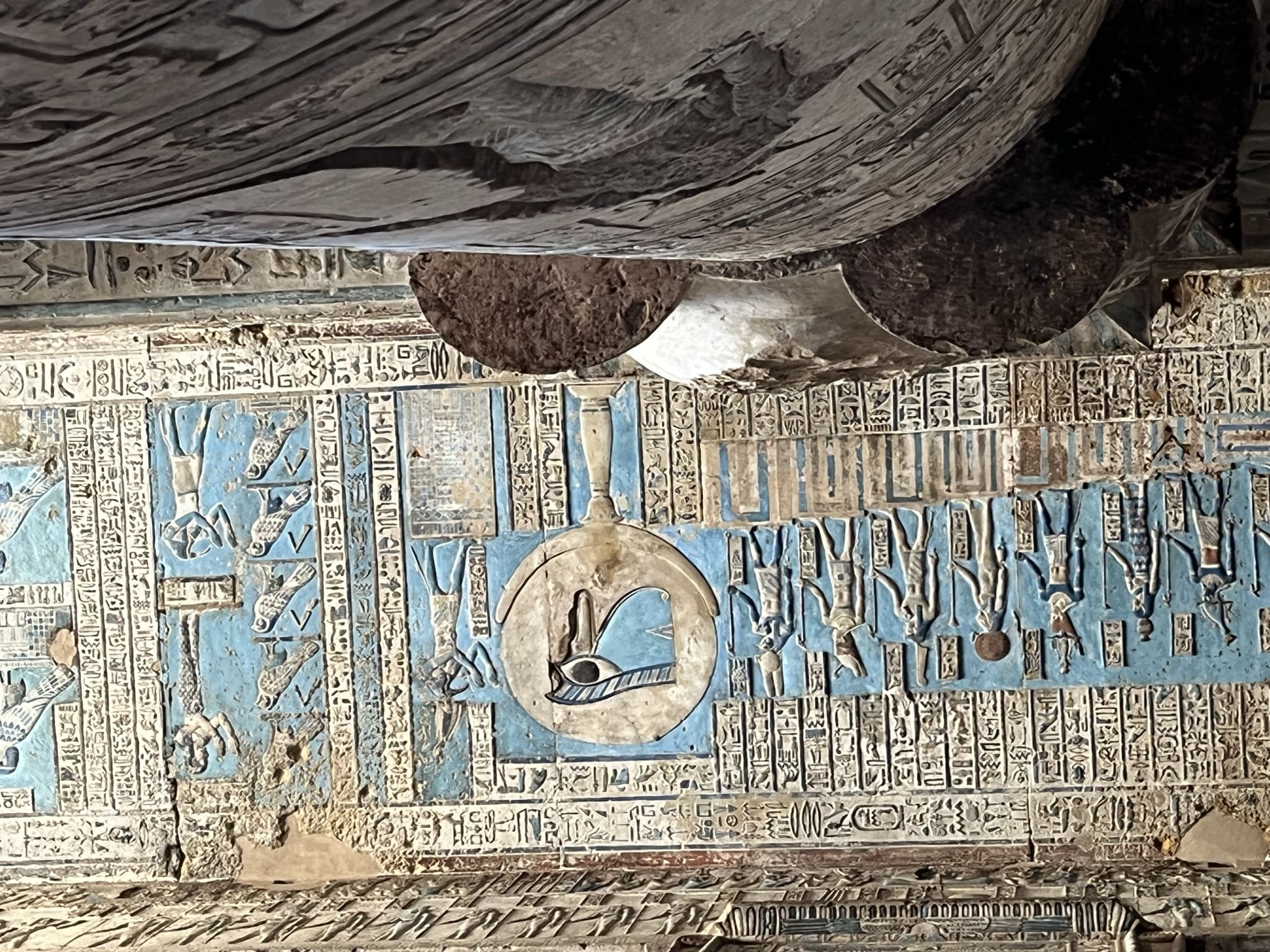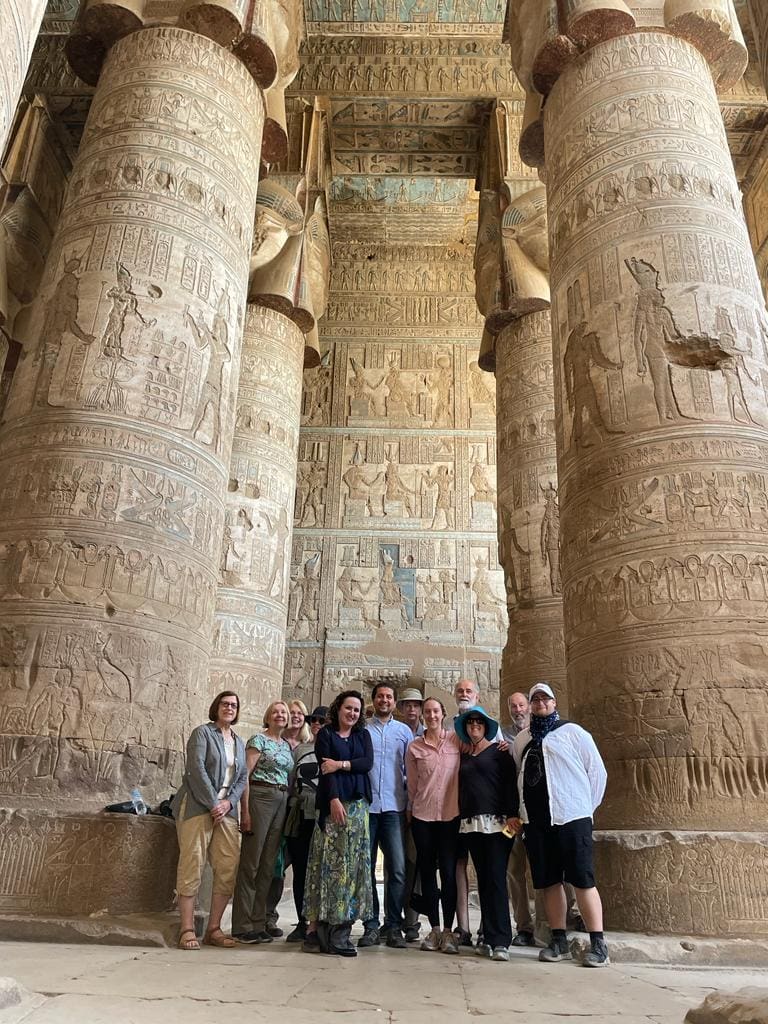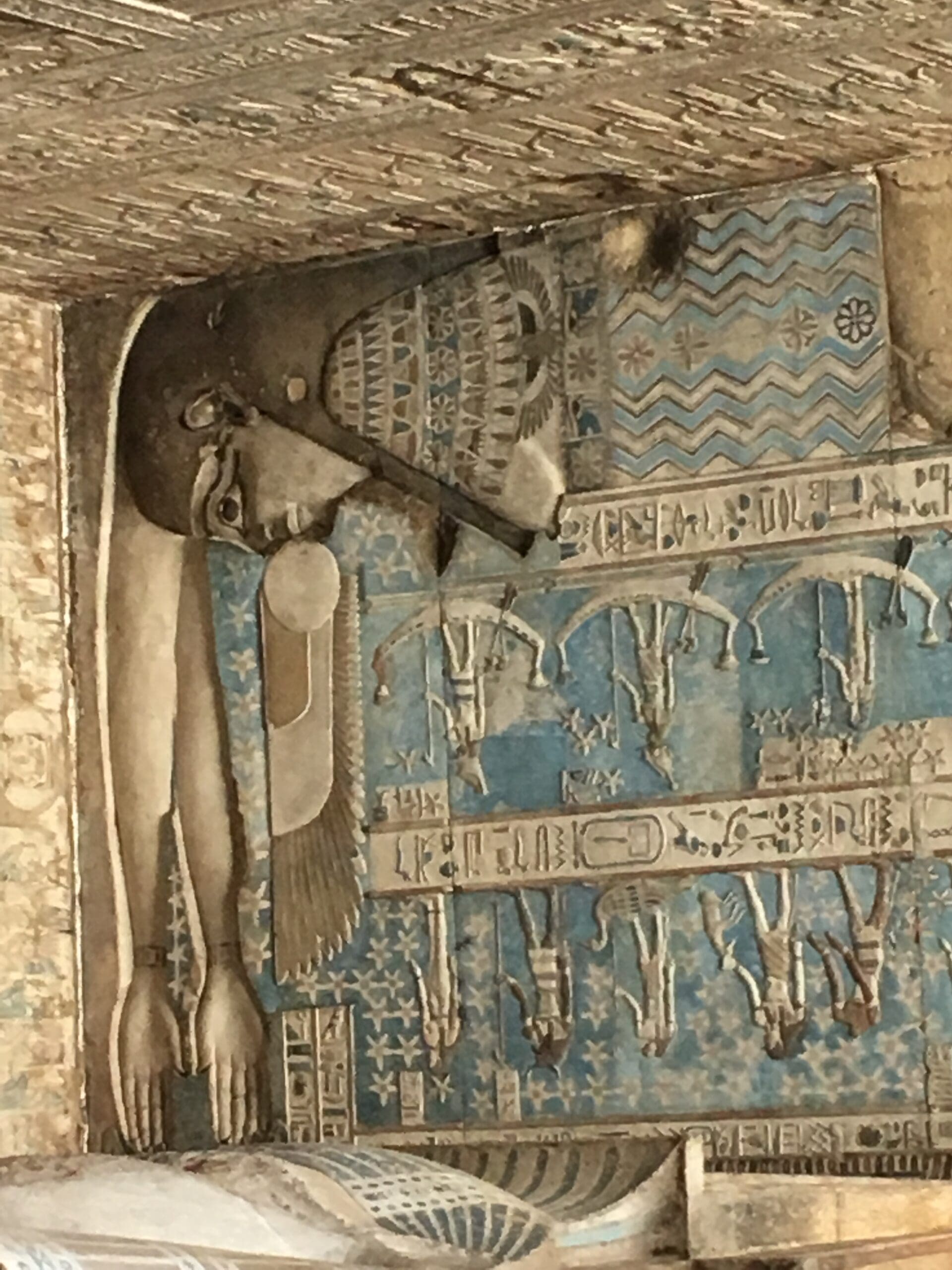By Laura Ranieri Roy
Stunning tombs and temples, villages untouched by time, and Akhenaten’s lost city
Maybe you’ve been to Egypt before. Maybe not. Perhaps your dream is to stand before the Giza Pyramids and walk through the Valley of the Kings, enter the famous tomb of King Tut, or cruise the eternal Nile River, where Cleopatra and Julius Caesar once floated in the throes of romance.
These sites are indeed wonders to behold – and experiences not to be missed. To cross the Nile towards those pink hills of Luxor’s West bank and to make a pilgrimage (as Pharaohs would do during festivals) to the ancient tombs and mortuary temples. The Pyramids themselves – and there are many of them – never disappoint.
Yet Egypt has captivating historical secrets, villages untouched by time, and breathtaking archaeological sites that lie off the tourist track in the middle of the country. Because they are off mainstream agendas, they offer special delights, far from the crowds!
What might you be missing – and why should you go to Middle Egypt?
Let’s take a wonderful driving trip south from Cairo to Luxor to discover what marvels await:
The magic begins as you drive south of teaming , steaming, vibrant Cairo (I do love that city). That means you will be venturing south of the Pyramids, and the great site of Saqqara (home to the Step pyramid and the largest necropolis of the ancient world) . In just about an hour you enter a green area called “Fayoum” This was the hunting ground of Kings like Senwosret and Amenemhat, great rulers of the Middle Kingdom and the domain of the crocodile god Sobek who controlled the Nile waters. Sobek dwelled too, so they thought, in the famous saltwater lakes of antiquity there.
1. Meidum Pyramid: Egypt’s second oldest
The most striking site south of Cairo, I believe is the magnificent, collapsed Meidum Pyramid. It was built by King Snefru, the father of the king who built the Great Pyramid. Dating to 2600-2700 – it is second oldest in Egypt, predated only by Djoser’s step pyramid. It was the first attempt at a true pyramid – but a failed experiment. It lies in a remote area surrounded by its necropolis where so many marvels were discovered (ie. statue of Rahotep and Nofret, The Meidum Geese).
Imperfect pyramids like Meidum make for fabulous exploration. At Meidum, you can climb inside all the way to the corbelled burial chamber. You can also see a rare, well preserved mortuary temple.
Surrounding the pyramid is an incredible necropolis of the early 4th Dynasty – it is literally pockmarked with tombs. Feeling adventurous? You can scramble into one of the “holes in the ground and descend on hands and knees to a forgotten tomb – and penetrate deep to the burial where you will find the most ancient sarcophagus known, still in place after close to 5000 years.
South of Meidum, past desert scapes and through tiny towns untouched by time you travel – until you reach an areas called Beni Hasan. There is a charming village there where you can stop for fruit. But venture on to the site of some important tombs dating to the classical age of Egypt – the Middle Kingdom
2. Beni Hasan – Tombs of the Nomarchs with breathtaking vistas
The Middle Kingdom (c. 2000-1800 BCE) rock-cut tombs await your exploration. Perched up in the hills with a gorgeous view of the countryside, these are tombs of nomarchs (local governors) that retain fascinating, unique scenes all with colourful paint that remains seemingly unfaded over millennia. It was here a teenage Howard Carter practiced his drawing skills close to 30 years before the great discovery. Wrestling scenes, crafts, strange animals copulating, even sports like ball hockey and board games are among the fascinating reliefs – along with copious dog breeds and bird species. Most famous are the boat scenes of the kings documenting their holy pilgrimages to Abydos.
Descendants of Hebrew people relief – at Beni Hasan
Also, extremely important to Jewish and Middle Eastern history is a very special “Semitic peoples” relief. The Semitic tribes from Canaan seem to be immigrating with their herds, coloured garments (and passports in hand) into Egypt. Are these Joseph’s family? The same people whose descendants almost a millennia later would be led out of Egypt (if the story is indeed true) by the great liberator Moses? A wonderful relief that gives us a fascinating insight into the pre-story of the Jewish people.
3. “Amarna” Akhenaten’s lost city restored
Next, there is the jewel of the crown in any trip to Middle Egypt – a sojourn to the site of Amarna, ancient Akhetaten, the capital of Egypt, during a brief period at the end of the 18th dynasty under the heretic King Akhenaten. A place where a young king tried out his new religious ideas – ultimately unsuccessfully, for 15 years during the 14th c BCE . Was he the father of monotheism? An idealist? A criminal, as the ancient Egyptians after his death labeled him?
It was also the birthplace of the famous king Tutankhamun
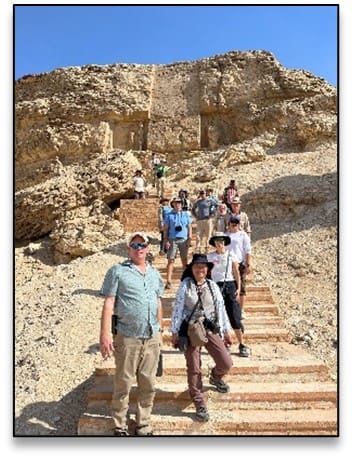 Thanks in large part to the revered archeologist Barry Kemp (who just recently passed this May), there is much to see for those who venture to Amarna. Many of the sites have been well restored – and you can now get a sense of the bizarre grandeur of the Great Aten Temple. Only in the last decades have been roads have been good enough to get you there smoothly Decent tourist hotels now exist in the area of Minya – a lovely city along the Nile with a large tourist population. (The Horus Hotel, The Savoy).
Thanks in large part to the revered archeologist Barry Kemp (who just recently passed this May), there is much to see for those who venture to Amarna. Many of the sites have been well restored – and you can now get a sense of the bizarre grandeur of the Great Aten Temple. Only in the last decades have been roads have been good enough to get you there smoothly Decent tourist hotels now exist in the area of Minya – a lovely city along the Nile with a large tourist population. (The Horus Hotel, The Savoy).
At Amarna, you can witness the partially restored Great Temple of the Aten, the Small Temple, aligned to that break in the cliffs where the sun appeared on the horizon – and the North Palace, the boundary Stelae where Akhenaten set out in stone the goals for his city. The highlight of your visit will be the splendid north and south tombs of the nobles with art so vibrant and strange they stand apart in the long 3000-year-old history of Egyptian relief paintings. A vibrant modernity. A love of nature. Movement, beauty, round hips, dancing horses…
Of course going south Towards Luxor you have more spectacular sites not to be missed in Egypt
4. Temple of Seti, Abydos and The Hathor Temple at Denderah
The great Temple of Seti at Abydos is frequently hailed as the greatest in Egypt. Its elegant relief art prompts me to call it the “Mozart” of temples. It boasts seven holy shrines – a veritable celebration of all gods after the restrictive Amarna period), an important King’s list and the spooky Osirion at the back, a cenotaph tomb for the god Osiris. This temple has been recently cleaned. It is also one of the most spiritual places I have ever been – with a powerful resonant energy that emanates from its great halls. Such a magnificent holy site really has no equal in the world.
 Denderah – beautiful place of Hathor
Denderah – beautiful place of Hathor
Finally, a drive just under 2 hours south towards Luxor brings you to Denderah temple is Hathor’s beautiful domain. It’s also a place where the New Year’s Day festival was celebrated in ancient times – and another very holy place. Temples have stood here since the Old Kingdom or even earlier!
This Ptolemaic/Roman Temple (its current structure) was begun by Cleopatra and her father Ptolemy XII, during the end of the Ptolemaic era. Its magnificent hypostyle hall with 24 Hathor pillars, and the outer buildings were completed under the Julio Claudian emperors (largely Tiberius and Claudius). You will see stunning “Greco-Roman” style reliefs and be able to explore the temple roof, Mamissi(s), and three crypts recently reopened. This is another temple undergoing a fantastic restoration with more holy spaces opening to the public – and a wonderful open air museum out front. Don’t forget to look for Cleopatra VII (the great one) with her son Caesarian pictured at the back of the temple!
Denderah is also the place to see an astronomical ceiling—two, actually—that is wonderful to behold. The famous one on the second floor is today a replica, with the original zodiac having been removed in the early 1800s and today an artifact of the Louvre. The ceiling, however, in the main Hypostyle hall, with its vibrant blue colour and scenes of Nut swallowing the sun and giving birth to the new day, is truly magnificent.
5. Beautiful Middle Egypt.
Of course, an overland drive-through Egypt is also an immersion into the bucolic village life of rural Egypt today. A world that has not changed in millennia. Watching the farmers plough their fields with oxen. Lift water from the Nile with simple vessels like the ancient “shadoof”. Ride their donkeys through the field. Some of the scenes you see today show that so much has remained unchanged here in the farms and villages – vestiges of the age of the Pharaohs remain still!
If you want to see the real Egypt – the heart of Egypt, travel through the centre of it.
Fill your senses with Egypt today – taste a fresh date, be embraced by local children, sit in the shade of an acacia tree. Consider a tour through Middle Egypt It promises not to disappoint!
Our 2025 Egypt Tour Explores Middle Egypt
Won’t you join us?
https://ancientegyptalive.com/egypt-tours/
All photos except noted copyright Laura Ranieri Roy




